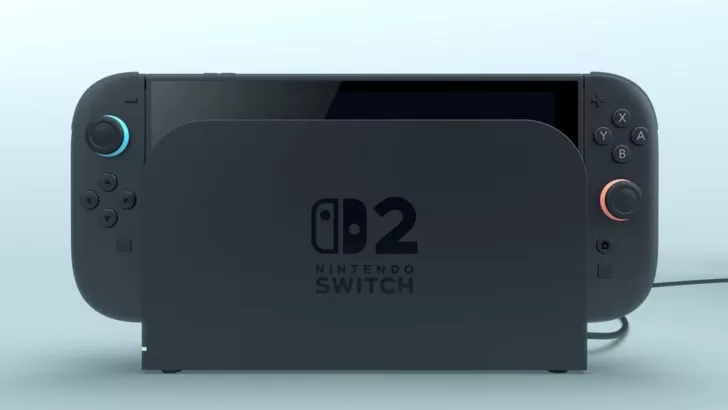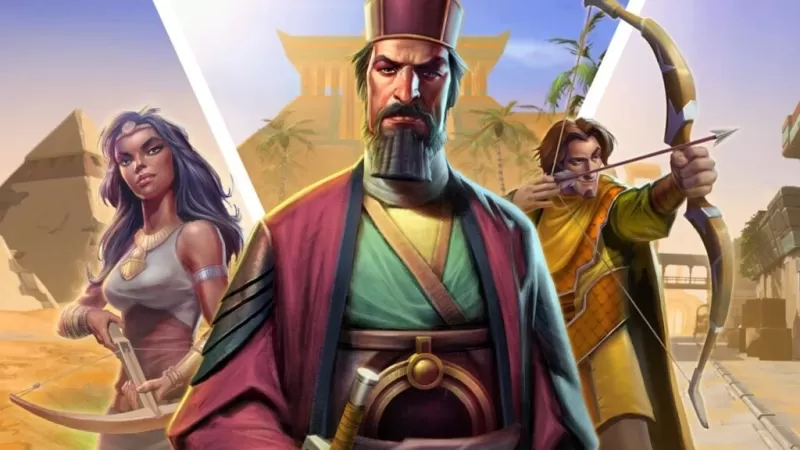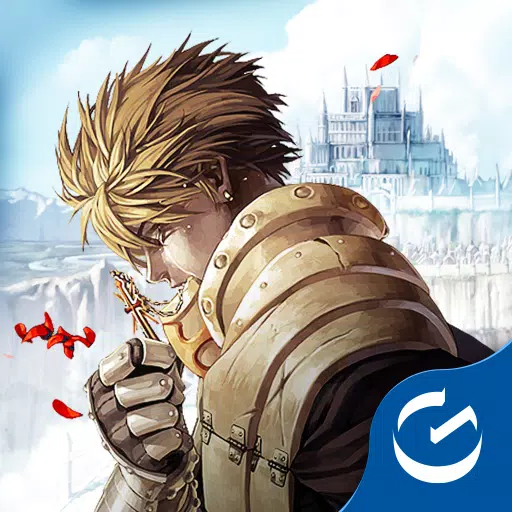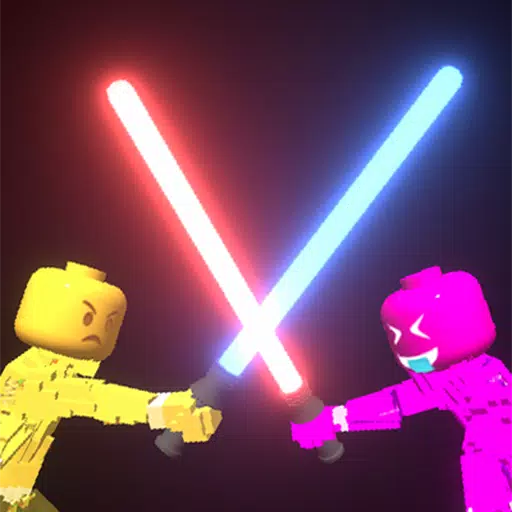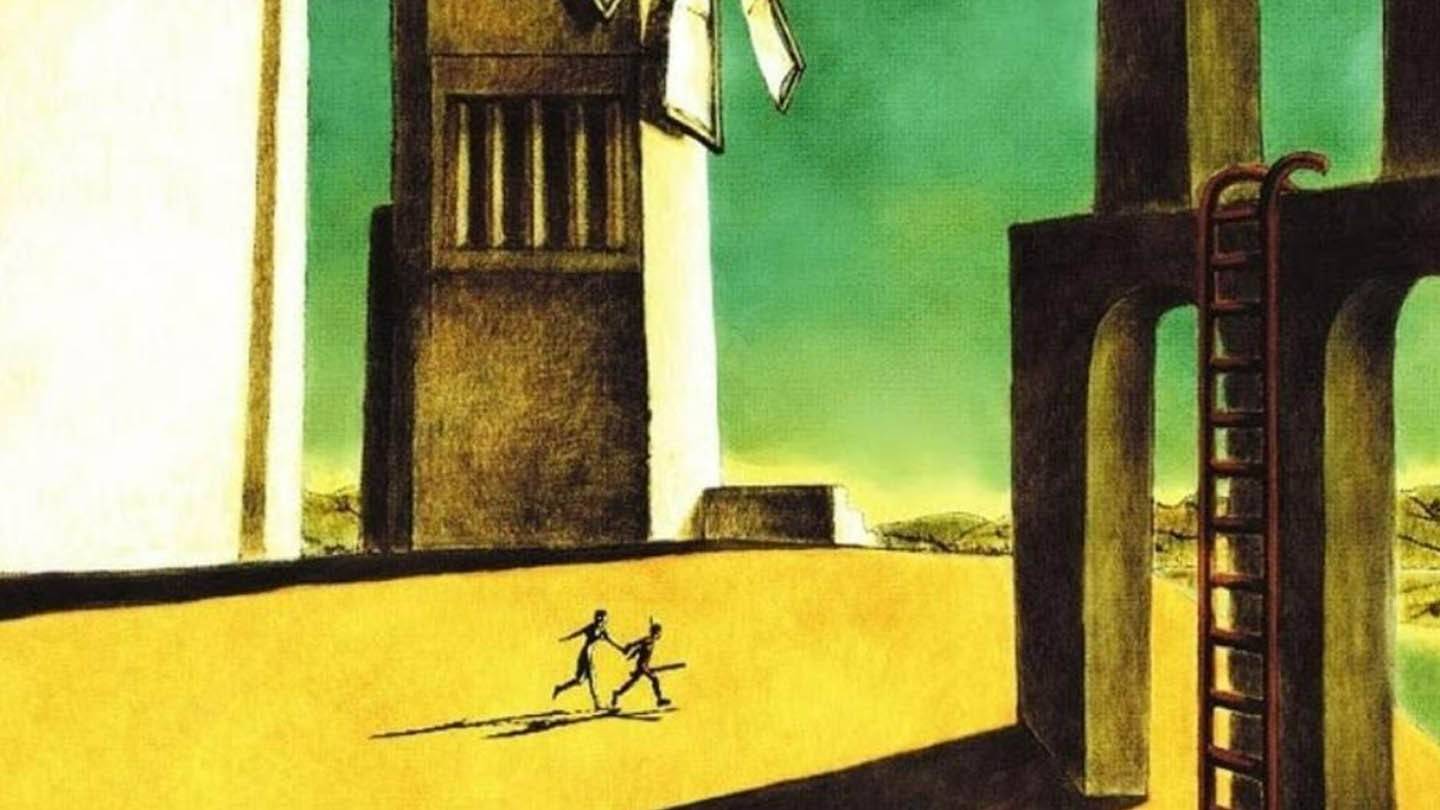
Yoko Taro, the visionary behind the acclaimed titles NieR: Automata and Drakengard, has openly discussed the profound impact of the game ICO on the world of video games as a form of artistic expression. Launched in 2001 for the PlayStation 2, ICO swiftly earned its status as a cult classic, celebrated for its minimalist design and its storytelling, which unfolds without a single spoken word.
Taro pointed out the revolutionary nature of ICO's central mechanic, which involves players guiding the character Yorda by holding her hand. "If ICO had tasked you with carrying a suitcase the size of a girl instead, it would have been an incredibly frustrating experience," Taro noted. He stressed that the requirement for players to lead another character was a pioneering move that challenged the conventional norms of gameplay interaction at the time.
During this era, game design was often deemed successful if the experience remained compelling even when all visual elements were stripped down to basic cubes. ICO, however, bucked this trend by focusing on emotional depth and thematic richness rather than purely mechanical advancements. Taro argued that the game demonstrated that art and narrative could go beyond being mere backgrounds to gameplay, becoming essential elements of the overall experience.
Labeling ICO as "epoch-making," Taro acknowledged its role in steering the future direction of game development. He lauded the game for showing that video games could convey deep significance through nuanced interactions and atmospheric design.
Beyond ICO, Taro also mentioned two other games that significantly influenced both him and the broader gaming industry: Undertale by Toby Fox and LIMBO by Playdead. He believes these games expanded the horizons of what can be achieved through interactive media, affirming that video games have the potential to offer profound emotional and intellectual experiences.
For enthusiasts of Yoko Taro's work, his appreciation for these games sheds light on the creative influences driving his own projects. It also highlights the continuous development of video games as a potent and multifaceted art form.

